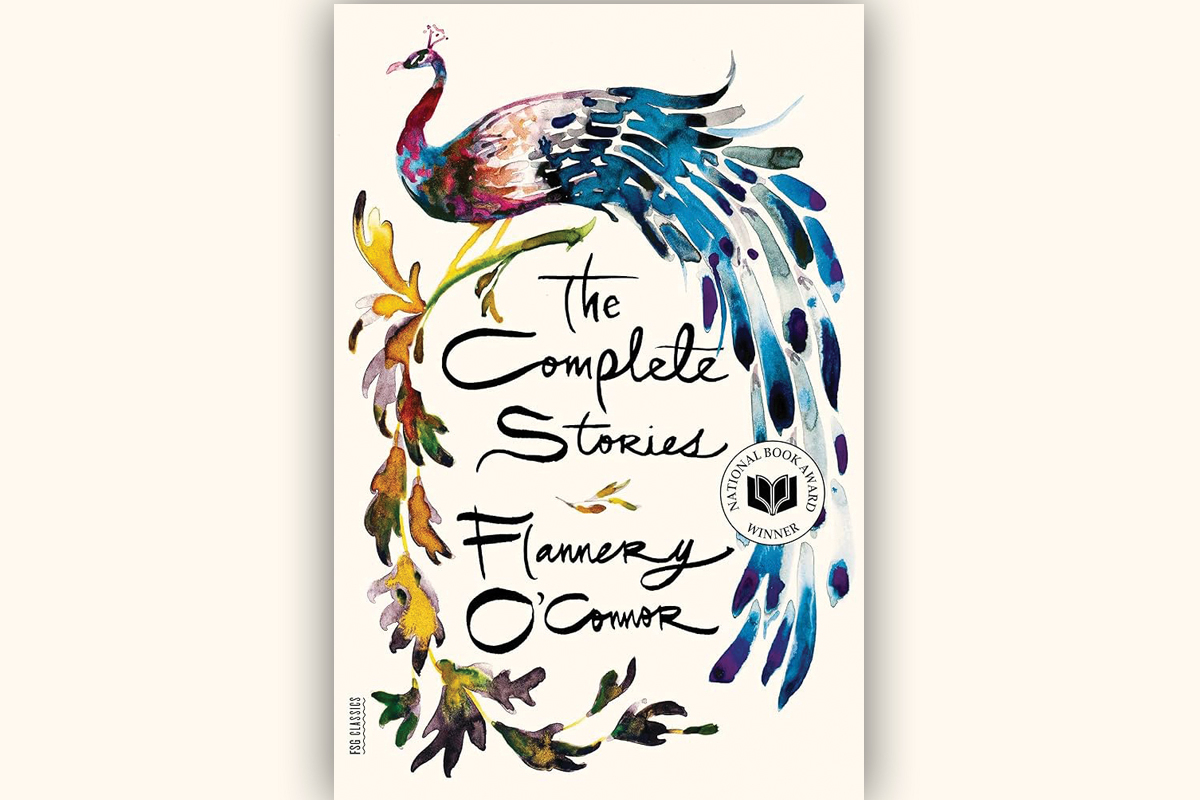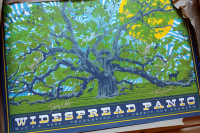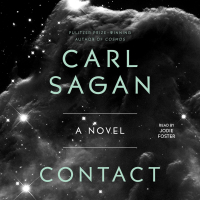Southern stories for summer reading

Perhaps like many people, summer is a time for me to finally read those books I’ve been wanting to get to. While this summer began with determination to dwindle the stack of my “to-read” books, that stack has ended up bigger than smaller.
Part of the reason for that is instead of tackling those new novels, I unexpectedly went down a different path and found myself revisiting a favorite author of mine: Flannery O’Connor. I recently watched the new film, “Wildcat,” which follows her life and depiction of some of her stories and the urge to delve into her works again was revived anew.
A Southern writer from Georgia, O’Connor is best known for her collection of short stories, “The Complete Stories” (Farrar, Strauss, and Giroux, 1971, 576 pages). Not for the fainthearted, these stories are a gripping and intense plunge into the reality of humanity and the deep South. In all of her stories, O’Connor has an impressively unique way of capturing the imperfections of humans. Despite the limited length of a short story, O’Connor manages to illustrate her characteristics with an especially realistic complexity; none are paragons of virtue, nor are they purely despicable.
Also common to her short stories is her use of shock. Most include an element of violence or an abrupt, unforeseen ending. Now I don’t appreciate violence and graphic content in a story for its own sake; I don’t like mere shock value. But she very clearly is using it for a purpose, to make a broader point in her stories. And in that case, I find her work intriguing and captivating. While I have scratched my head many times at her endings, trying to figure out the deeper truth, I know there is one in there. Never have I read one of her stories and felt like I was supposed to interpret it at face value. But perhaps the greatest praise I could give her is that the hidden meaning usually eludes me because I find myself too wrapped up in the story, enjoying her description of the characters and small towns too much to try to see past them.
While each of them are gems, I’ll highlight three of my favorites. The first is “The Enduring Chill.” Asbury is a young intellectual returning home from New York due to a serious sickness. He is an ill-tempered, arrogant young man who has unsuccessfully been pursuing writing up in the city. His mother calls different people from the town to help him in his poor health but he is contemptuous and dissatisfied with what he considers their narrow-mindedness. Throughout what he feels are his last days on earth, he recollects on various experiences in his life. This story doesn’t have any violent ending, but it does have a twist and the abruptness with which it holds I’ll leave for you to ponder for yourself.
Next story on my list is “Good Country People.” We start off on a farm owned by Mrs. Hopewell and run with the help of Mr. and Mrs. Freeman — “good country people” in the eyes of Mrs. Hopewell. Her 32-year-old daughter, Joy, also lives on the farm and is missing a leg from a childhood accident. She is an atheist with a Ph.D. in philosophy and her cynical, sour attitude is projected in her critiques of everyone and everything around her. In an attempt to anger her mother, she has changed her name to the ugliest one she can think of: Hulga. One day a Bible salesman comes to the door and, to Hulga’s annoyance, is invited in for dinner because Mrs. Hopewell thinks he is “good country people.” Upon leaving, the salesman, Manley Pointer, asks Hulga out to go on a picnic with him the next day and she takes him up on it. A small romance begins to brew but the date goes awry in a very unsettling way for Hulga.
Related Items
Last up on my list is “A Good Man is Hard to Find.” This one in particular is oftentimes studied and discussed in college literature classes and was the title of her first published collection of short stories. It begins with a family traveling from Georgia to Florida on vacation. Bailey, the father of the family, his wife, three children and his mother are the six members of the car. Bailey’s mother, referred to just as “the grandmother” in the story, says they should forget Florida and go to East Tennessee instead because she read in the news that a convict, The Misfit, had just escaped and was Florida-bound as well. I’ll let you figure out yourself if the grandmother’s concern was justified.
While I still want to get around to those books I have not yet read, I’ve enjoyed my unexpected detour to O’Connor’s southern world. O’Connor is a brilliant writer and each time I reread her, I find new things that I had missed before. And the more I read her, the more I am able to start grasping at those deeper meanings she so compellingly weaves through her fiction. If you find yourself as intrigued and captivated by her works as I am, I’d recommend watching the film about her too.
(Anna Barren teaches fifth grade and is a lifelong lover of books. This email address is being protected from spambots. You need JavaScript enabled to view it..)

















